4 Reasons You Shouldn’t be Afraid of Public Speaking
Described as ‘Mankind’s Greatest Fear’, public speaking holds a disproportionately terrifying place in our hearts and minds. But it doesn’t have to be this way.
Here are some strategies that will make all the difference if you use them with purpose and on purpose.
- Talk yourself into a positive mindset
We all talk to ourselves, it’s one of the ways we think.
Self-talk is an expression of belief; a feeling of certainty, which then drives your feelings, which in turn drive your behaviour and consequently your results. So, it’s really important to make sure your self-talk is in positive affirmation rather than negative.
Some examples of positive self-talk might be ‘I can do this’, or ‘I’m going to smash this’, or ‘I’m going to enjoy this’, rather than the autopilot ‘I’m terrified’ or ‘I can’t do this’.
See the difference? The answer is actually very simple and will have tangible results upon your mindset and consequently your performance.
A strong recommendation is that you write down some consciously empowering self-affirmations, for every speech or presentation and practise them.
- Body Language – Use your body to convey your message
You already use your body language to create emotional states unconsciously. For example, when you feel tired, you adopt ‘tired’ body language, which reinforces the feeling.
However, you can use your body language on purpose to create feelings of emotional certainty, energy and confidence. It’s just a matter of switching off your automatic pilot, asking yourself the question: ‘how do I need to feel in this situation?’ and then adopting the appropriate posture.
So, remember, the fastest way to feel good in a challenging situation is to choose an empowering posture consciously. In other words: – Stand up tall, shoulders back and remember to smile!
- Get energised … and your audience will too
Whether you go to the gym, or play a sport, or go for long walks or cycle rides, the effects upon our bodies and minds are the same.
As well as heightened energy, neurotransmitters such as the endorphins dopamine and serotonin are released into the body, which are well recognised as mood enhancers.
So, it’s all good news – you feel energised and you also feel good.
The related benefits to the public speaker are clear. You can use movement as a confidence-building mood enhancer.
It’s a great idea (and habit) to get into a series of stretches (if you are in the wings by the side of the stage and out of the audience’s eye line) to loosen the muscles and get the blood flowing.
You can also make sure that you have a little walk to get onto the platform; not enough to look like a show off (no-one likes a show off) from the back of the auditorium, but just enough to use the few steps to energise yourself, so you can ‘hit the ground running’.
So once again, remember that conscious plans to use movement – just like the other techniques cited here in order to promote and maintain a resourceful state – are the only things that will make this happen, so the advice is to make a note to that effect.
- Visualisation – See yourself as a success
The idea behind visualisation – in other words, seeing a successful outcome in your mind’s eye before it even happens, is that the brain cannot tell the difference between what is real and what is vividly imagined.
If you imagine a successful outcome really clearly and vividly in your mind, the brain thinks it is really happening, so when you actually get to go through the experience itself, the brain has made sure that as much potential as possible is showing up, because it knows what success looks like already.
Human beings imagine things in pictures. The movies we play in our minds have a gigantic effect on how we feel about something.
The challenge is that most of us play our inner movies a) unconsciously and b) the wrong way around. In other words, we play the disaster movie in our heads – all the things that can go wrong, are going wrong!
So, there is a simple solution and that is to get into the habit of playing helpful movies in our minds of us succeeding consciously.
Whatever your goal may be, the key here is to visualise your achieving it so clearly that it appears real. With clear imagination and visualisation, come the same beliefs, emotions and behaviours that will drive you towards the outcome you want.
Of course, there is nothing as important, nor as effective as real practice. It’s not enough to know the steps – you have to take action.
I’d love to have a chat and help you put the above suggestions into practise…
Or why not download my Free -e-book – A.G.E.N.D.A and find out what will get your audience to sit up and pay attention.
